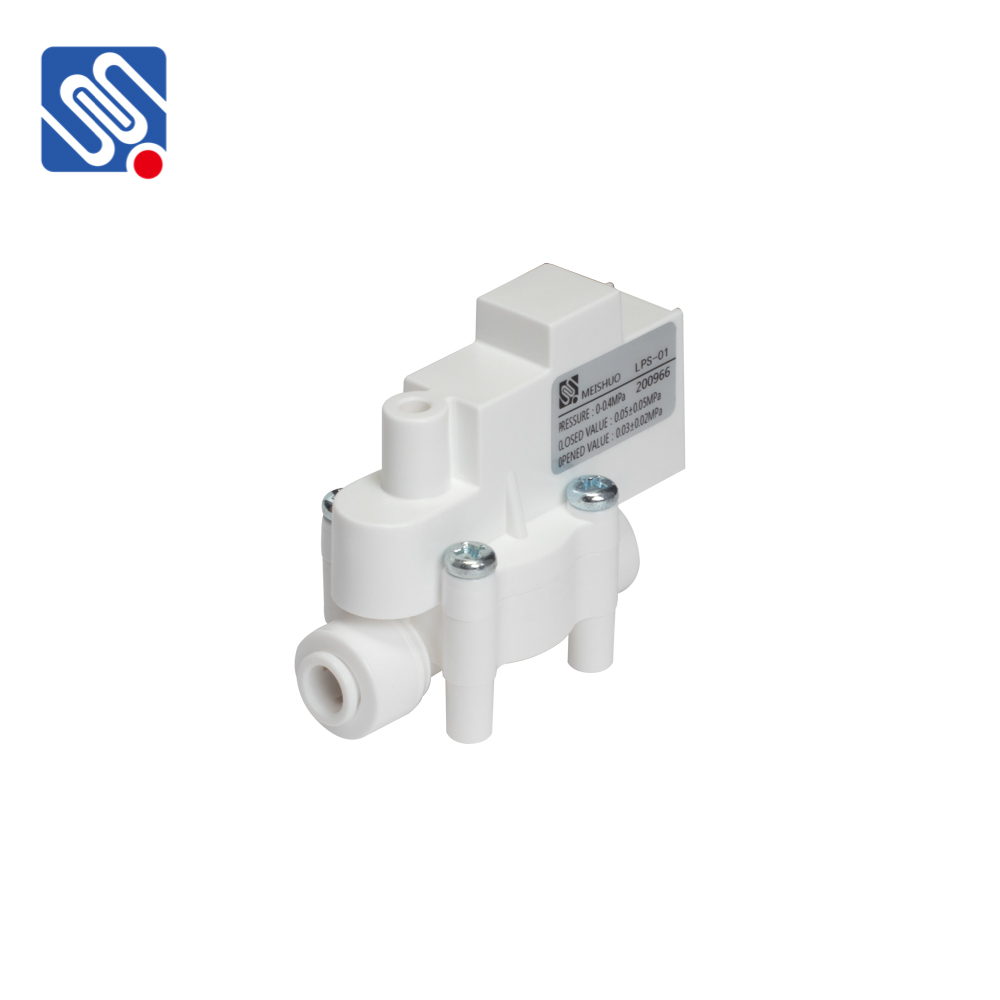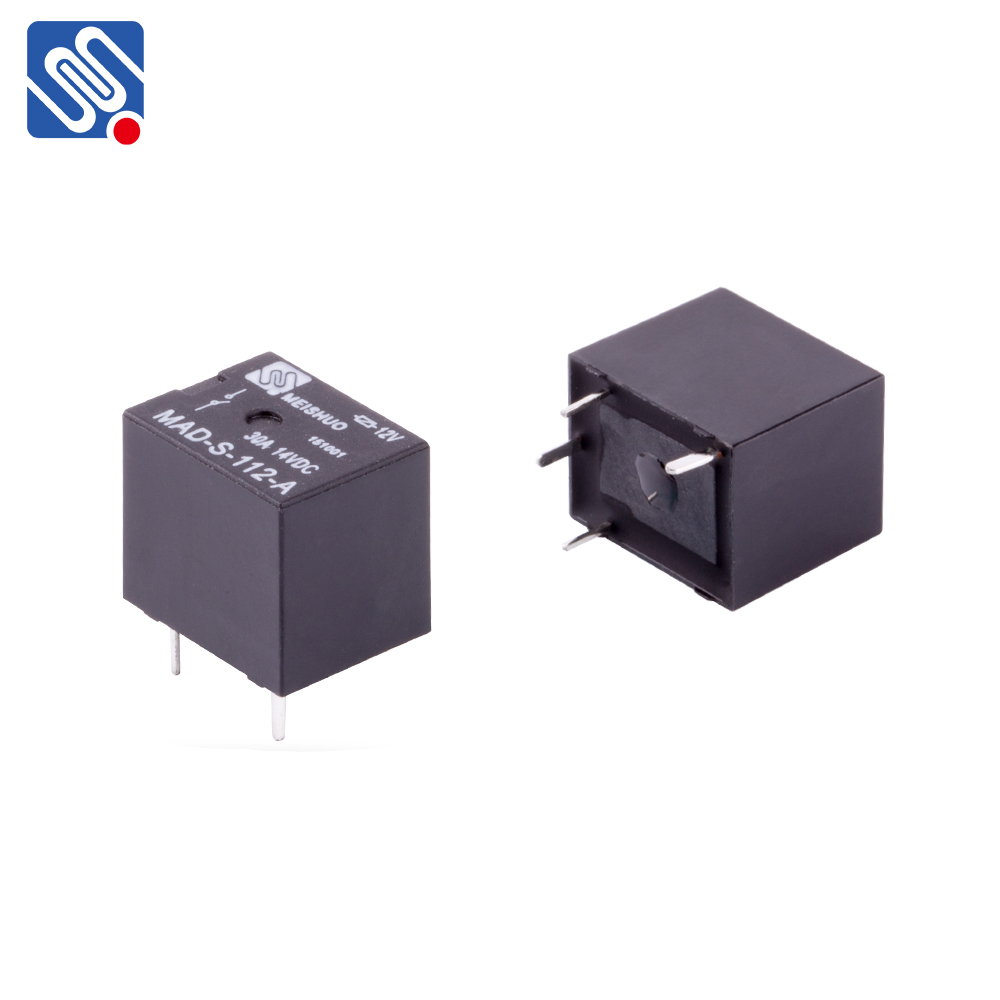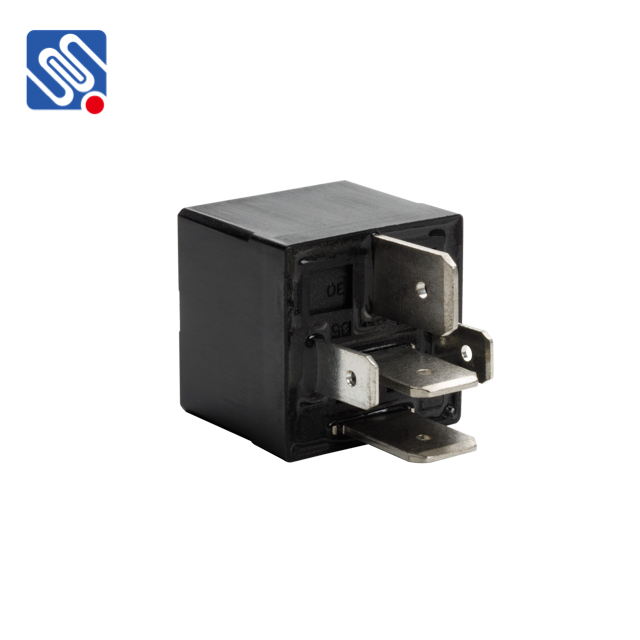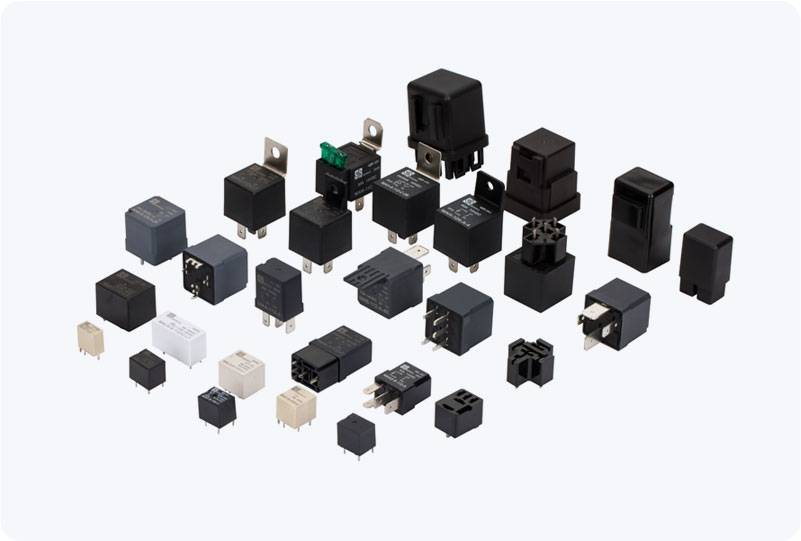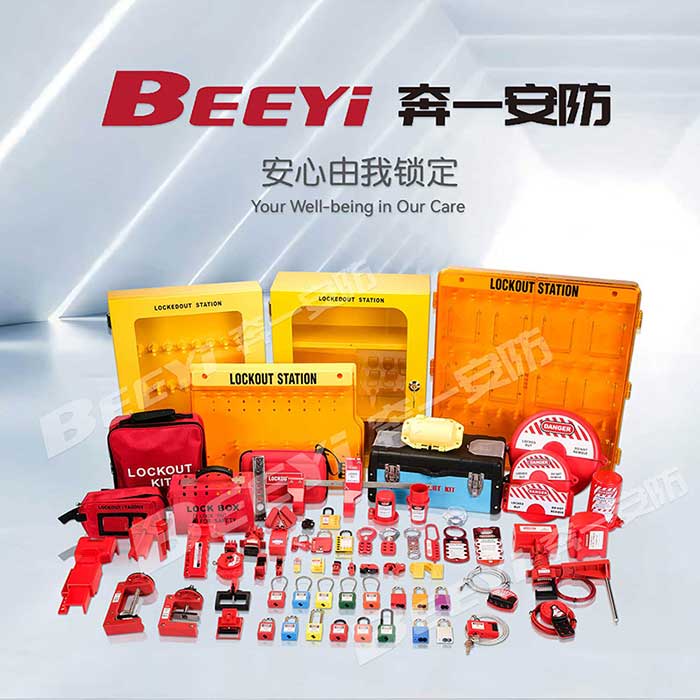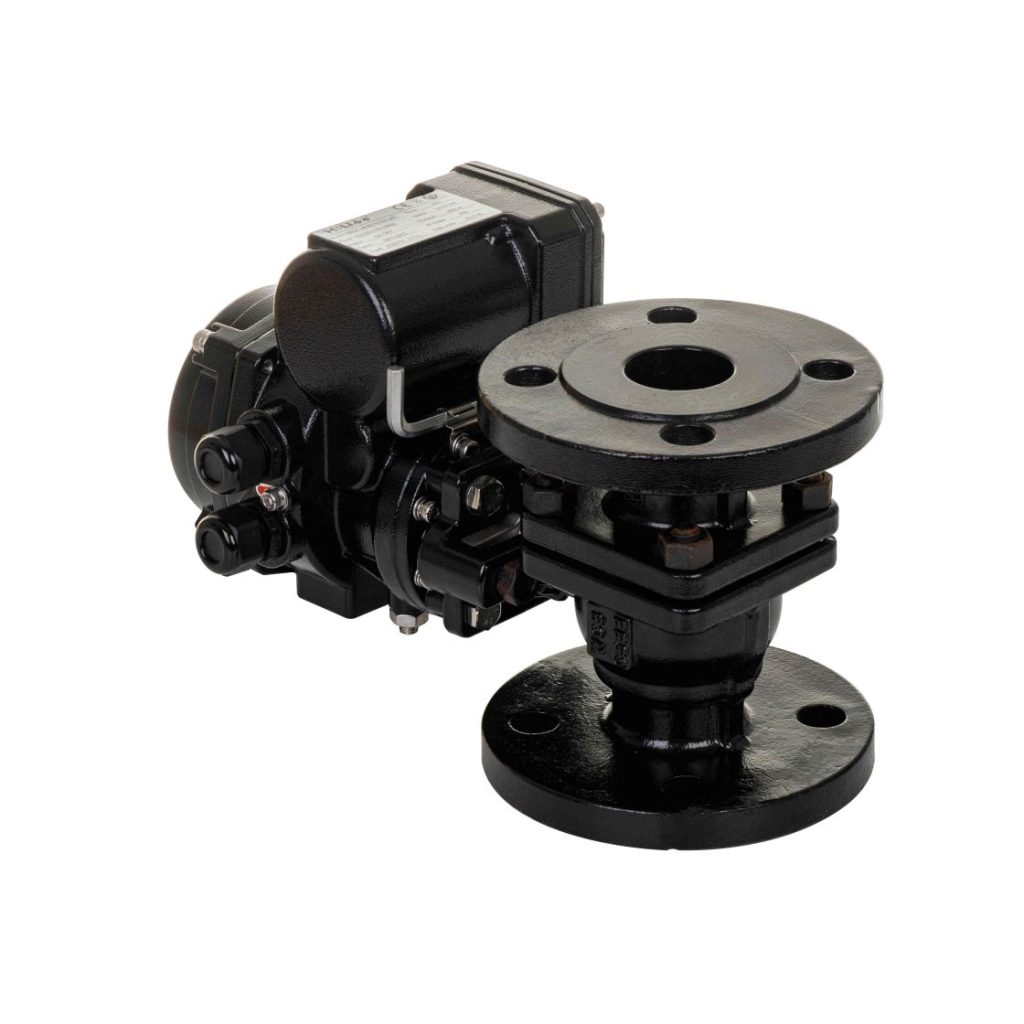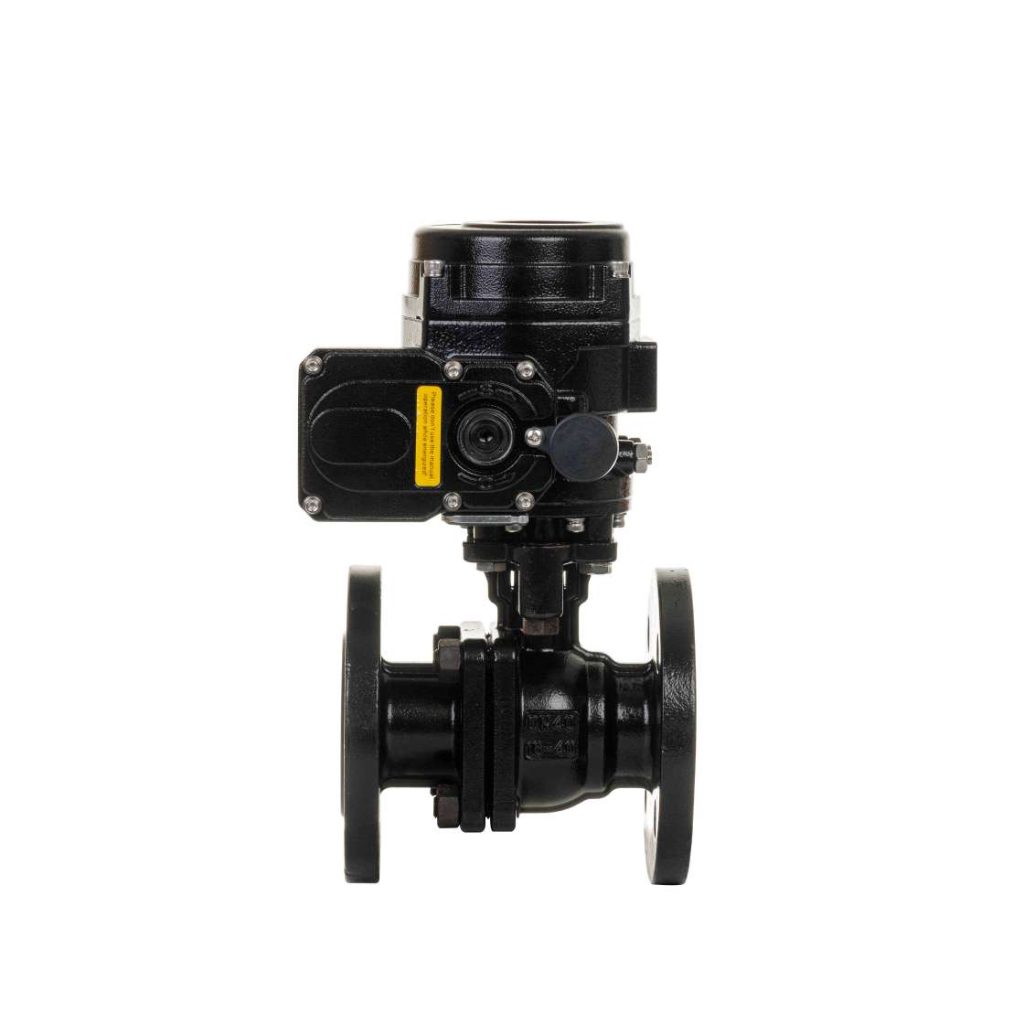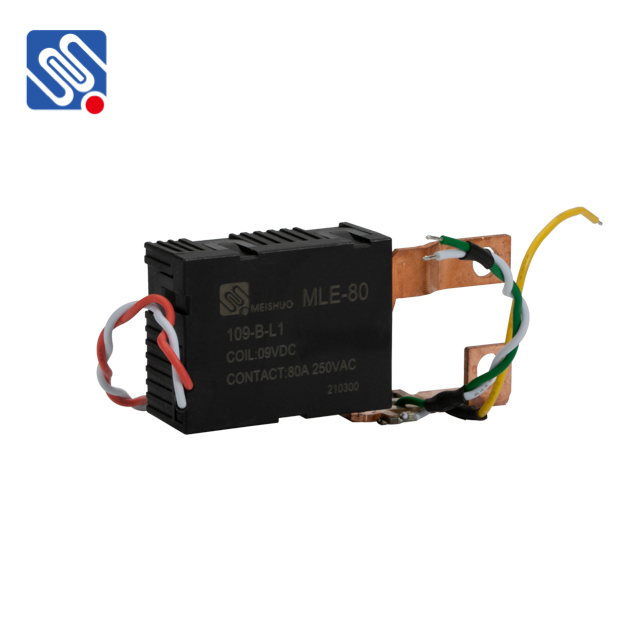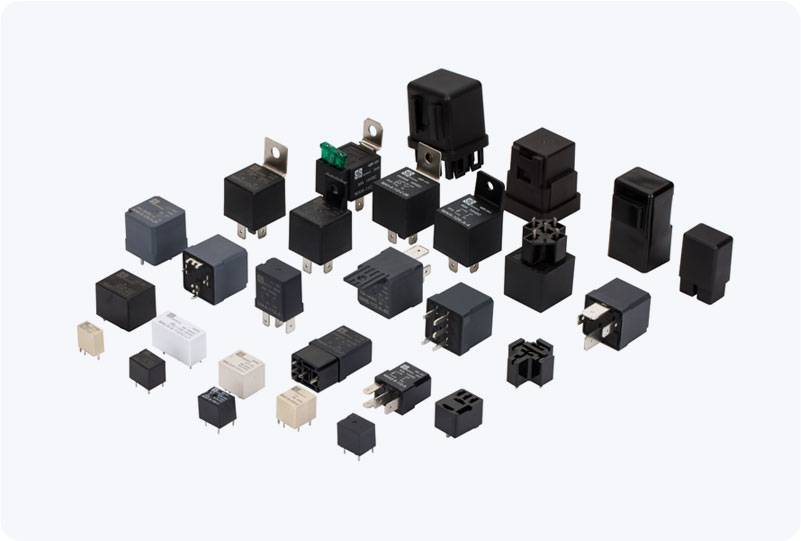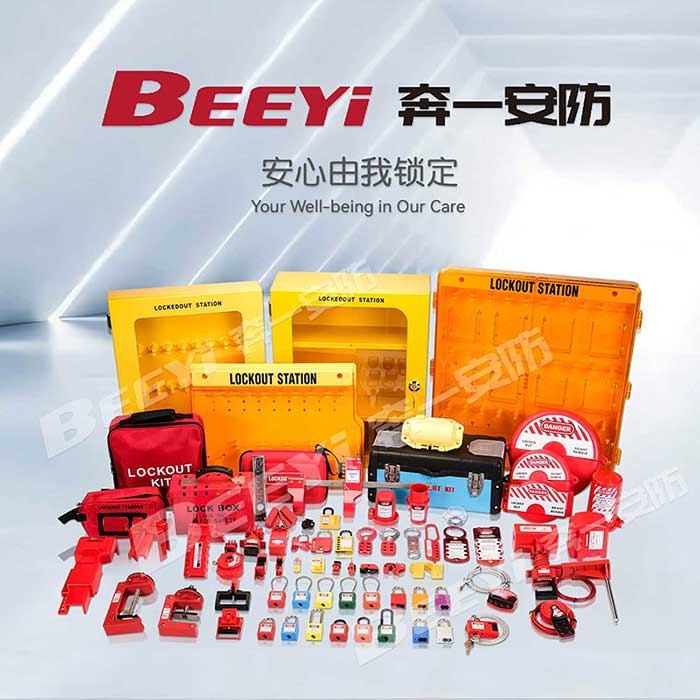Automotive relays are essential components in the electrical systems of modern vehicles. They serve the critical function of controlling electrical circuits by acting as a switch that allows a small electrical signal to control a larger one. As such, the performance, durability, and reliability of automotive relays are crucial for ensuring the proper functioning of a vehicle’s electrical components, such as lights, starters, and HVAC systems. When selecting the best automotive relay brand, there are several key factors to consider, including quality, longevity, and compatibility with the vehicle’s electrical system. In this article, we’ll explore some of the top automotive relay brands known for their exceptional performance.
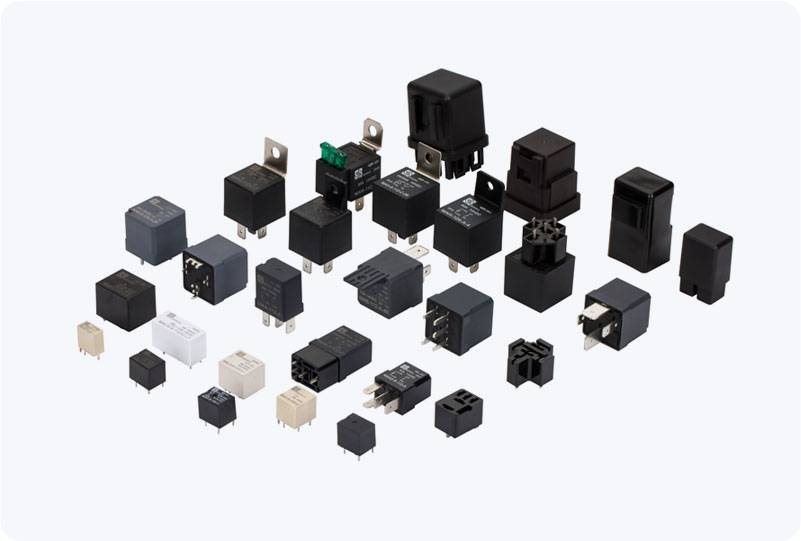
1. Bosch: A Trusted Brand in Automotive Electrical Systems Bosch is one of the most recognized names in the automotive industry, known for its high-quality automotive parts and accessories. The company’s relays are designed to withstand the harsh conditions inside a vehicle, including extreme temperatures and vibrations. Bosch automotive relays are especially popular for their reliability and durability. Their wide range of products is compatible with both domestic and foreign vehicles, making Bosch a go-to choice for many car manufacturers and aftermarket suppliers. With its long history and reputation for excellence, Bosch is undoubtedly one of the best automotive relay brands on the market today.
